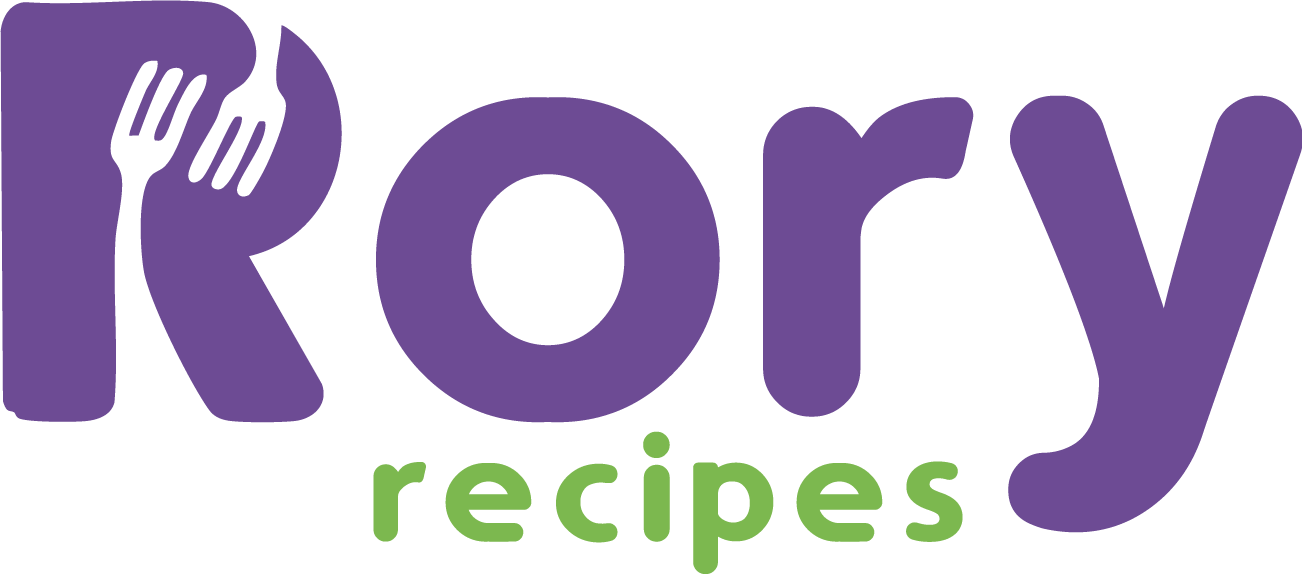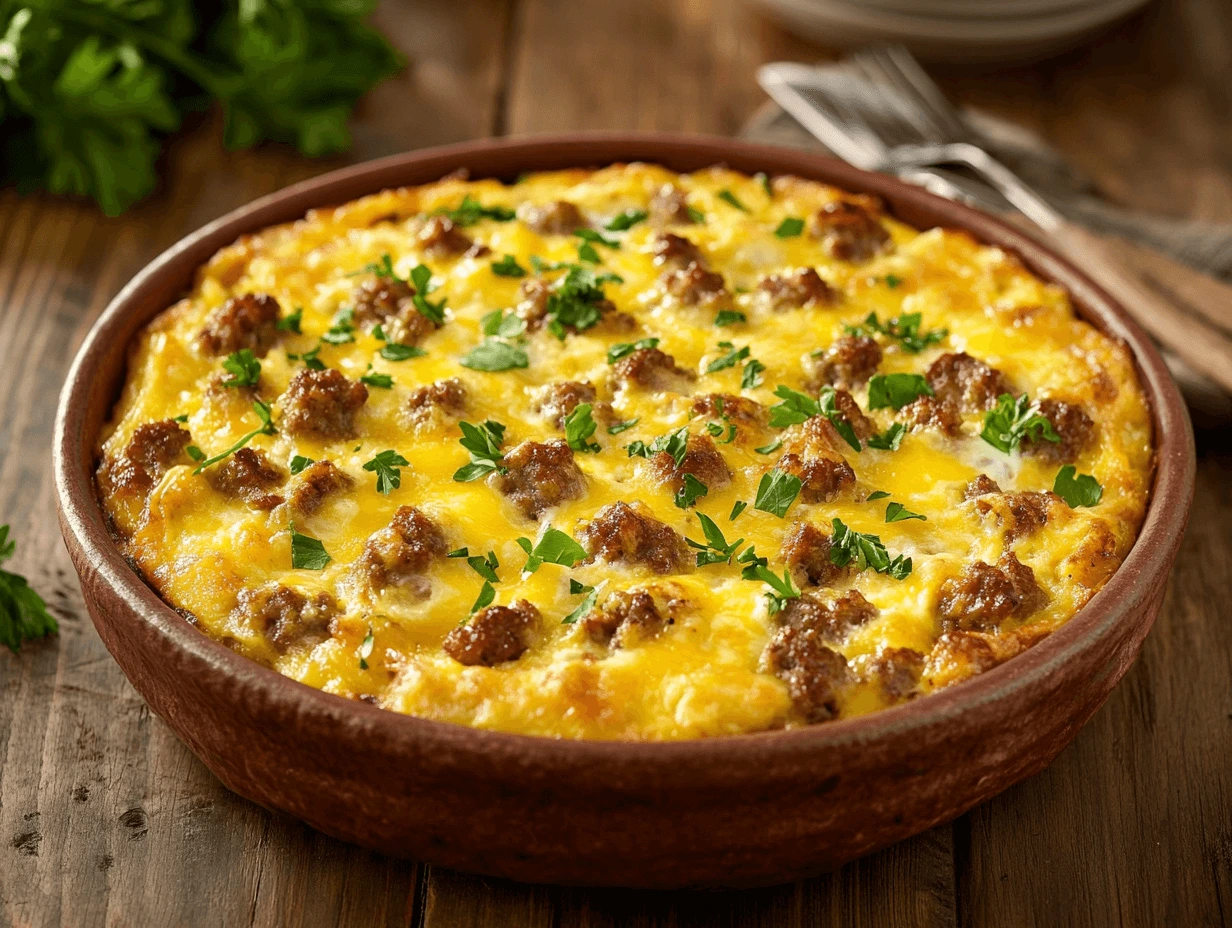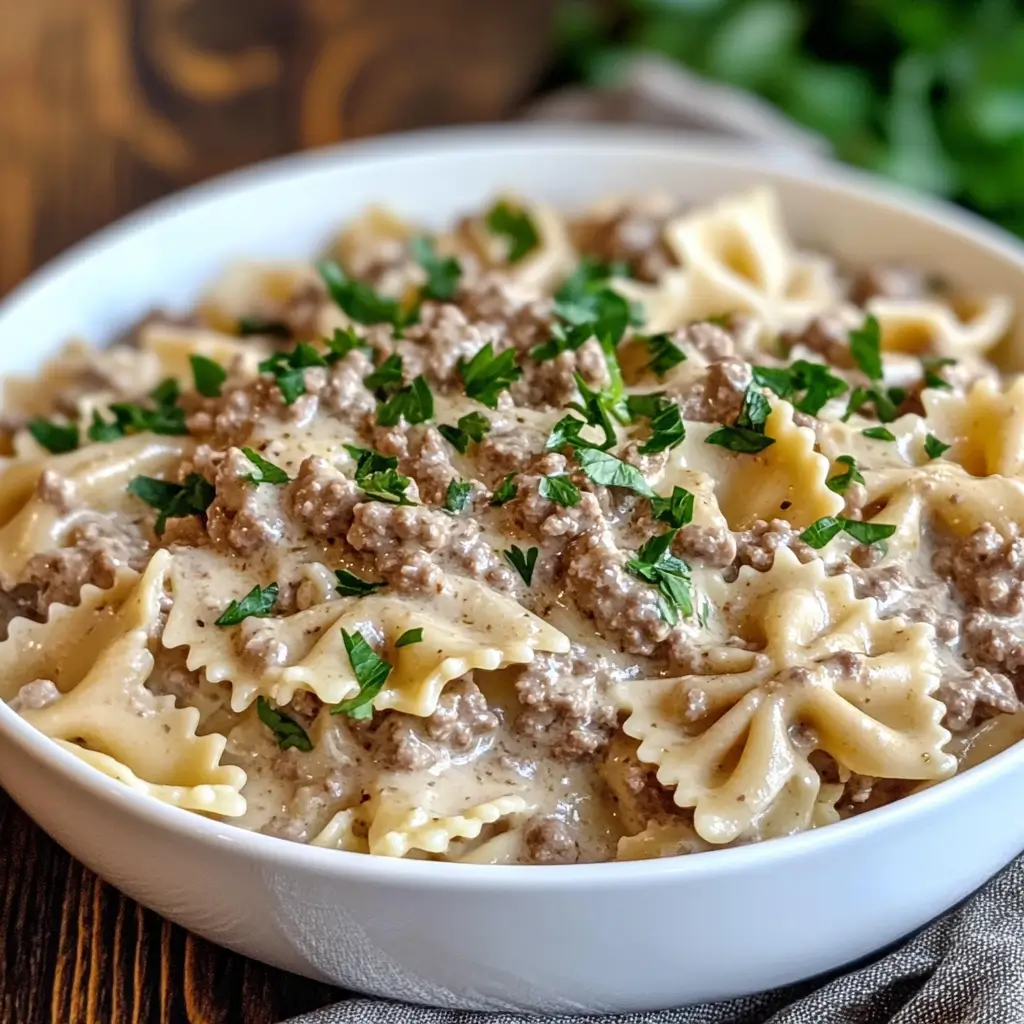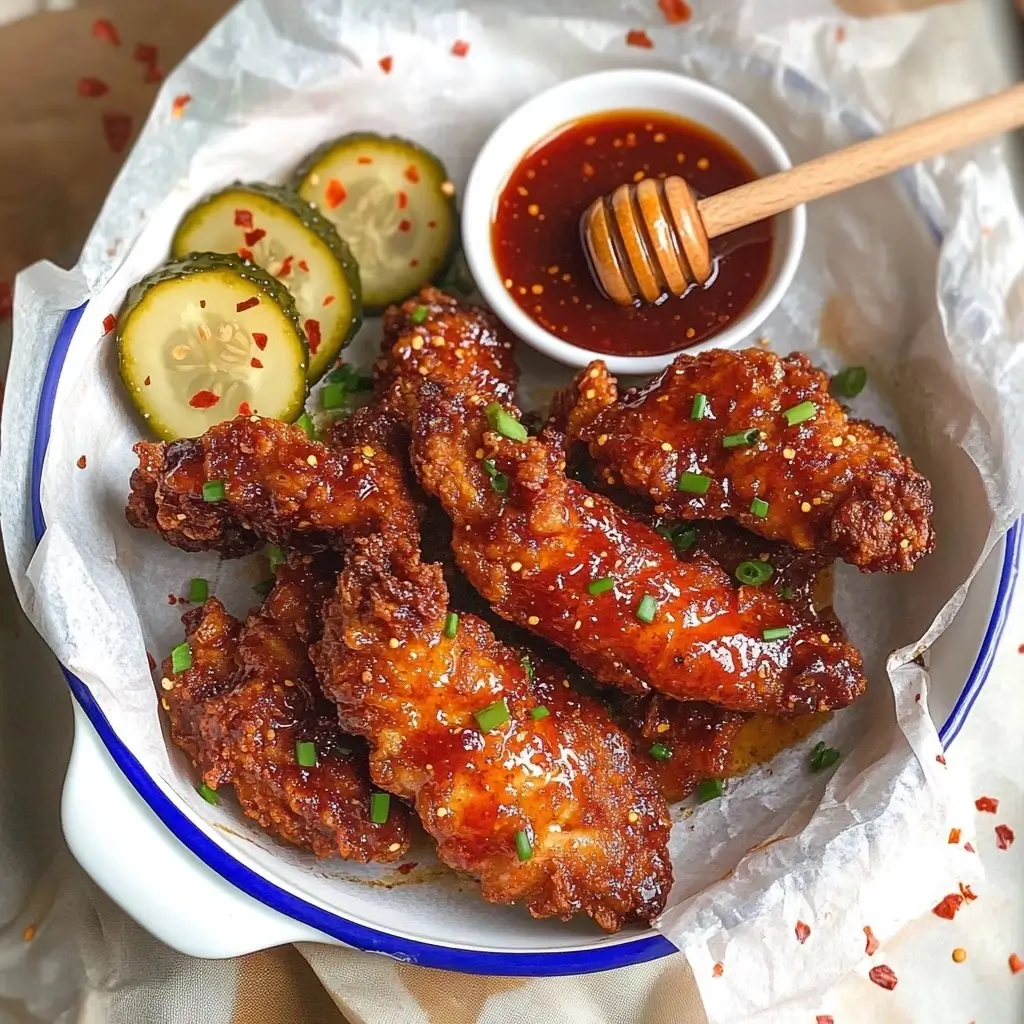Table of contents
When it comes to comforting Southern dishes, Paula Deen brunch casserole is a standout. Perfect for gatherings, this classic dish brings together layers of sausage, cheese, and eggs to create an unforgettable meal. Whether it’s for holidays or casual brunches, Paula Deen brunch casserole is the recipe everyone needs to try.
In this guide, we’ll dive into everything you need to know about making Paula Deen’s brunch casserole, from understanding its unique charm to customizing it to suit your preferences. Whether you’re a seasoned cook or a kitchen newbie, this step-by-step recipe ensures success every time. Get ready to impress your loved ones with this delicious, satisfying dish.
What Makes Paula Deen’s Casserole Unique
Southern Flair in Every Bite
Paula Deen brunch casserole captures the heart of Southern cooking. This dish is famous for its layers of rich ingredients and easy preparation. Unlike other casseroles, Paula Deen brunch casserole delivers a perfect combination of flavors in every bite.
Key elements of Southern cooking, such as butter, cream, and cheese, take center stage in this dish, elevating it to a new level of indulgence. Each layer of this casserole offers something different, from the hearty base to the creamy, gooey topping.
Easy Preparation with High Impact
One of the biggest draws of this casserole is its simplicity. Paula Deen’s recipes are famously approachable, and this one is no exception. Whether you’re a weekend chef or an everyday home cook, you’ll find the steps easy to follow and the ingredients readily available.
The magic lies in the layering process: arranging ingredients in a way that allows their flavors to meld together during baking. The result is a dish that looks and tastes like it took hours of effort, even though it doesn’t.
Perfect for Any Occasion
This brunch casserole is a versatile dish that works for various occasions. It can anchor a casual weekend brunch with friends, serve as the star of a festive holiday breakfast, or even double as a comforting dinner option. Its make-ahead potential also makes it a lifesaver for busy mornings when you need something filling and delicious without the last-minute stress.
Ingredients Breakdown

Essential Ingredients for Paula Deen’s Brunch Casserole
To recreate the iconic Paula Deen brunch casserole, you’ll need a combination of pantry staples and fresh ingredients. Each component contributes to the overall flavor and texture, making this dish a hearty and memorable addition to your meal rotation.
Here’s what you’ll need:
- Bread Base:
- 6–8 slices of white bread or French bread, cut into cubes.
- The bread acts as the foundation, soaking up the flavors and giving the casserole its structure. For a more rustic texture, opt for sourdough or a day-old loaf.
- Proteins:
- 1 pound of breakfast sausage, cooked and crumbled.
- Alternatives: Use diced ham, cooked bacon, or even plant-based sausage for a vegetarian twist.
- Cheese:
- 2 cups of shredded cheddar cheese.
- Feel free to mix it up with Monterey Jack, Swiss, or mozzarella for a flavor twist.
- Vegetables (Optional):
- Diced bell peppers, onions, or spinach for added color and nutrients.
- Mushrooms or zucchini can also be excellent additions for a heartier dish.
- Egg Mixture:
- 6 large eggs.
- 2 cups of milk (whole milk or half-and-half for a creamier texture).
- 1 teaspoon of salt and ½ teaspoon of black pepper for seasoning.
- Butter:
- 2 tablespoons of melted butter, drizzled over the top for a golden finish.
Substitutions for Health-Conscious Cooks
If you’re looking to lighten up the casserole, here are a few swaps:
- Bread: Use whole-grain or gluten-free bread.
- Dairy: Substitute regular milk with almond or oat milk. Use reduced-fat cheese for fewer calories.
- Meat: Opt for turkey sausage or lean ham instead of traditional breakfast sausage.
- Eggs: Use egg whites or an egg substitute to reduce cholesterol.
Shopping Tips for Success
- Freshness Matters: Choose fresh bread and high-quality cheese for the best results.
- Prep in Advance: If you’re planning a big brunch, buy the ingredients a day ahead to ensure a stress-free cooking process.
Step-by-Step Recipe
Preparing the Ingredients
- Cook the Sausage:
- In a large skillet over medium heat, cook the breakfast sausage until browned and fully cooked. Break it into small crumbles as it cooks. Remove it from the pan and set aside on a paper towel to drain any excess grease.
- Prepare the Bread:
- Cut the bread into cubes. If using day-old bread, this step becomes even easier, as slightly stale bread holds up better in the casserole.
- Shred the Cheese:
- If you’re using block cheese, shred it freshly for the best melt and flavor. Pre-shredded cheese can work, but it may not melt as smoothly.
- Whisk the Egg Mixture:
- In a large mixing bowl, whisk together the eggs, milk, salt, and pepper. Ensure everything is well combined for a creamy consistency.
Assembling the Casserole
- Layer the Bread:
- Coat a 9×13-inch casserole dish with butter or nonstick spray.Add the bread cubes, spreading them evenly to cover the bottom.
- Add the Sausage:
- Sprinkle the cooked sausage over the bread layer. Distribute it evenly to ensure every bite is flavorful.
- Incorporate the Cheese:
- Add 1 ½ cups of the shredded cheese on top of the sausage layer. Reserve the remaining ½ cup for the final topping.
- Pour the Egg Mixture:
- Slowly pour the egg mixture over the layers, ensuring the bread soaks it up. Use a spatula to gently press down the layers if needed.
- Optional Vegetables:
- If you’re adding vegetables, sprinkle them evenly over the top before proceeding to the next step.
- Final Cheese Layer:
- Sprinkle the remaining ½ cup of cheese on top, followed by a drizzle of melted butter for a golden crust.
Baking the Casserole
- Preheat the Oven:
- Set the oven to 350°F (175°C). While the oven heats, let the casserole sit for 10–15 minutes to allow the bread to absorb the egg mixture fully.
- Bake:
- Wrap the casserole with aluminum foil and bake for 30 minutes. Remove the foil and bake for an additional 15–20 minutes, or until the top is golden and the casserole is set.
- Cool and Serve:
- Let the casserole sit for about 5 minutes before serving.This resting period helps it firm up and makes slicing easier.
Tips for Perfecting the Dish

Avoiding Common Mistakes
- Using Fresh Bread Instead of Day-Old Bread:
- Fresh bread can become too soggy in the casserole. Opt for slightly stale bread, which holds its structure better after soaking up the egg mixture.
- Overmixing the Egg Mixture:
- While it’s essential to whisk the eggs and milk together, overmixing can introduce too much air, causing an uneven texture. Whisk until just combined for the best results.
- Skipping the Resting Time:
- Letting the casserole sit for 10–15 minutes before baking allows the bread to absorb the egg mixture fully, ensuring an even consistency.
- Undercooking the Sausage:
- Always cook the sausage thoroughly before adding it to the casserole. Any raw or undercooked meat can compromise the dish.
Timing Is Everything
- Make It Ahead:
- Prep the casserole the night before and refrigerate it. This saves time and enhances flavor as the ingredients meld together overnight.
- Optimal Baking Time:
- Keep a close eye during the last 10 minutes of baking. The casserole should be golden on top and slightly puffed, but not overly browned.
Elevating the Flavor
- Seasoning Tips:
- While the base recipe includes salt and pepper, consider adding herbs like parsley, chives, or thyme for extra aroma and flavor. A pinch of paprika or cayenne pepper can add a slight kick.
- Layering for Better Distribution:
- When assembling the casserole, spread the sausage and cheese evenly for consistent bites. Uneven layers can lead to some sections being overly salty or bland.
- Cheese Varieties:
- Experiment with blends of cheeses. Adding Parmesan or Gruyère to the topping can create a crispy, flavorful crust.
Presentation Tips
- Add Garnish:
- Sprinkle chopped parsley or green onions on top after baking for a burst of freshness and color.
- Serve Warm:
- Serve the casserole immediately after cooling for 5–10 minutes. Warm casseroles highlight the creamy texture and melted cheese.
Troubleshooting
- If It’s Too Dry:
- Check your bread-to-liquid ratio. Too much bread or insufficient egg mixture can result in dryness. Next time, add a bit more milk or reduce the bread slightly.
- If It’s Too Soggy:
- Ensure you bake the casserole long enough for the egg mixture to set completely. Covering with foil for the initial baking period can help cook the center without overbrowning the top.
Customizing Your Casserole
Make It Vegetarian
For a vegetarian version of Paula Deen’s brunch casserole, you can skip the sausage or replace it with plant-based meat alternatives. Alternatively, you can amplify the dish with a variety of vegetables:
- Protein Substitutes:
- Use crumbled tofu or cooked lentils for a protein boost.
- Plant-based sausage crumbles provide a similar texture and flavor to traditional sausage.
- Vegetable Additions:
- Bell peppers, mushrooms, spinach, zucchini, and cherry tomatoes add both flavor and nutrients.
- Sauté these vegetables lightly before layering them into the casserole to prevent excess moisture.
Add a Spicy Kick
If you’re a fan of bold flavors, consider these options to spice up your casserole:
- Seasoning Enhancements: Add red pepper flakes, smoked paprika, or a dash of cayenne pepper to the egg mixture.
- Spicy Sausage: Substitute regular breakfast sausage with hot Italian sausage or chorizo for a smoky, spicy profile.
- Toppings: Serve the casserole with a side of hot sauce, or garnish with diced jalapeños for extra heat.
Create a Low-Carb Version
For those following a low-carb or keto lifestyle, adapt the recipe by swapping the bread for these alternatives:
- Cauliflower Rice: Use cooked and drained cauliflower rice as a base instead of bread.
- Zucchini or Eggplant Slices: Thinly sliced and roasted zucchini or eggplant layers provide structure and reduce carbs.
- Low-Carb Bread: Many stores now offer keto-friendly bread options that work seamlessly in this recipe.
Family-Friendly Additions
Make this casserole even more appealing to kids and picky eaters with the following tweaks:
- Cheese Variations: Use mild cheddar or mozzarella for a creamier and less intense flavor.
- Incorporate Favorites: Add small pieces of cooked bacon, ham, or even breakfast potatoes for an extra layer of heartiness.
- Mini Portions: Bake the mixture in muffin tins for single-serving casseroles that are fun and easy to eat.
Holiday-Themed Variations
For festive occasions, customize the casserole to match the season:
- Thanksgiving: Add cooked turkey, stuffing cubes, and a sprinkle of cranberries for a holiday-inspired twist.
- Christmas: Incorporate green and red bell peppers for a festive appearance. Serve with a side of cranberry sauce.
- Easter: Use diced ham and sprinkle the top with parsley and chives for a fresh, springtime version.
Experiment with Cheese Blends
The type of cheese you use can dramatically change the flavor profile of your casserole. Here are some ideas:
- Sharp Cheddar + Monterey Jack: For a rich and creamy finish.
- Swiss + Gruyère: Adds a nutty and slightly tangy flavor.
- Pepper Jack + Colby: Perfect for a spicy and smooth texture.
Nutritional Information
Calories and Macronutrients
While Paula Deen’s brunch casserole is undeniably indulgent, it’s possible to enjoy it in moderation as part of a balanced diet. Below is an approximate nutritional breakdown for a single serving (based on an 8-serving casserole):
- Calories: ~350–400 calories
- Protein: ~18–20 grams
- Carbohydrates: ~15–18 grams (varies depending on bread type)
- Fat: ~25–30 grams (mainly from cheese and sausage)
Adjusting the Nutritional Profile
- Lower-Calorie Options:
- Use leaner meats like turkey sausage or plant-based alternatives.
- Opt for reduced-fat cheese or halve the amount of cheese without compromising flavor.
- Boosting Protein:
- Add more eggs or incorporate a layer of cottage cheese.
- Include additional high-protein vegetables like broccoli or spinach.
- Reducing Carbs:
- Swap traditional bread for low-carb or gluten-free alternatives like cauliflower rice or zucchini slices.
Special Dietary Considerations
- For Gluten-Free Diets:
- Replace regular bread with gluten-free bread or use cooked potatoes for a hearty texture.
- For Dairy-Free Diets:
- Substitute cheese with dairy-free alternatives made from almond or cashew milk. Use unsweetened almond milk instead of regular milk.
- For Keto Diets:
- Minimize carbs by eliminating bread entirely. Stick to low-carb vegetables and keto-friendly cheese.
Portion Control Tips
- Smaller Servings:
- Use a muffin tin to create smaller, individual servings of the casserole, which are easier to portion and serve.
- Pair with Lighter Sides:
- Serve with a fresh green salad or steamed vegetables to balance the richness of the casserole.
Indulgence vs. Balance
It’s worth noting that the occasional indulgence in rich comfort foods like this casserole can be part of a balanced diet. The key is moderation and pairing it with nutrient-dense sides or enjoying it as a treat during special occasions.
Frequently Asked Questions
Can I prepare Paula Deen’s brunch casserole in advance?
Yes, this casserole is an excellent make-ahead dish. You can assemble it the night before, cover it tightly with plastic wrap or aluminum foil, and refrigerate it overnight. When ready to bake, let it sit at room temperature for 15–20 minutes to ensure even cooking.
How do I store leftovers?
To store leftovers of your Paula Deen brunch casserole, first, cover the casserole tightly or transfer portions to an airtight container. Then, refrigerate the casserole for up to 3–4 days. However, for longer storage, you can freeze individual portions of the Paula Deen brunch casserole for up to 2 months. This way, you can enjoy the dish at a later time without compromising its flavor.
How do I reheat the casserole?
For refrigerated leftovers, reheat the casserole in the oven at 325°F (165°C) for 10–15 minutes, or until warmed through. You can also reheat individual portions in the microwave for 1–2 minutes. Alternatively, for those who prefer to defrost frozen portions, simply place them in the refrigerator overnight before reheating. This approach ensures the portions are thoroughly thawed and ready to be reheated. To thaw frozen portions, simply place them in the refrigerator overnight before reheating.
Conclusion
Paula Deen’s brunch casserole is the epitome of comfort food, combining the heartiness of Southern cooking with the ease of a make-ahead dish. Its rich layers of bread, sausage, cheese, and creamy eggs come together to create a dish that’s as versatile as it is delicious. Whether you’re hosting a holiday brunch, preparing a family breakfast, or simply craving a satisfying meal, this casserole is sure to impress.
With its customizable nature, you can tailor it to suit your dietary preferences or experiment with bold flavors and seasonal ingredients. By following the tips and steps in this guide, you’ll achieve the perfect balance of flavor, texture, and presentation every time.
So, roll up your sleeves and get ready to savor a slice of Southern charm. Paula Deen’s brunch casserole isn’t just a dish—it’s a way to bring loved ones together, one warm and comforting bite at a time.





